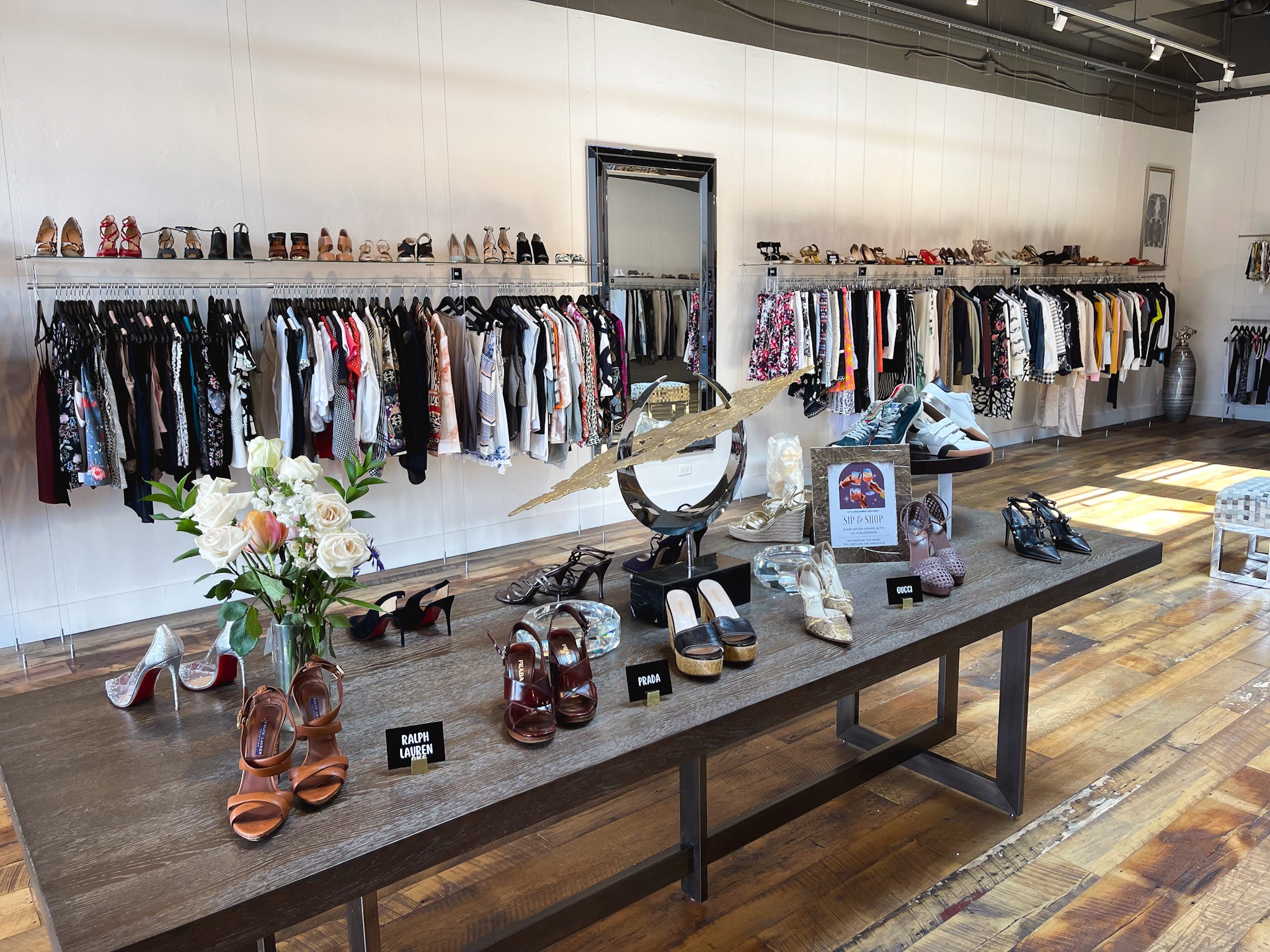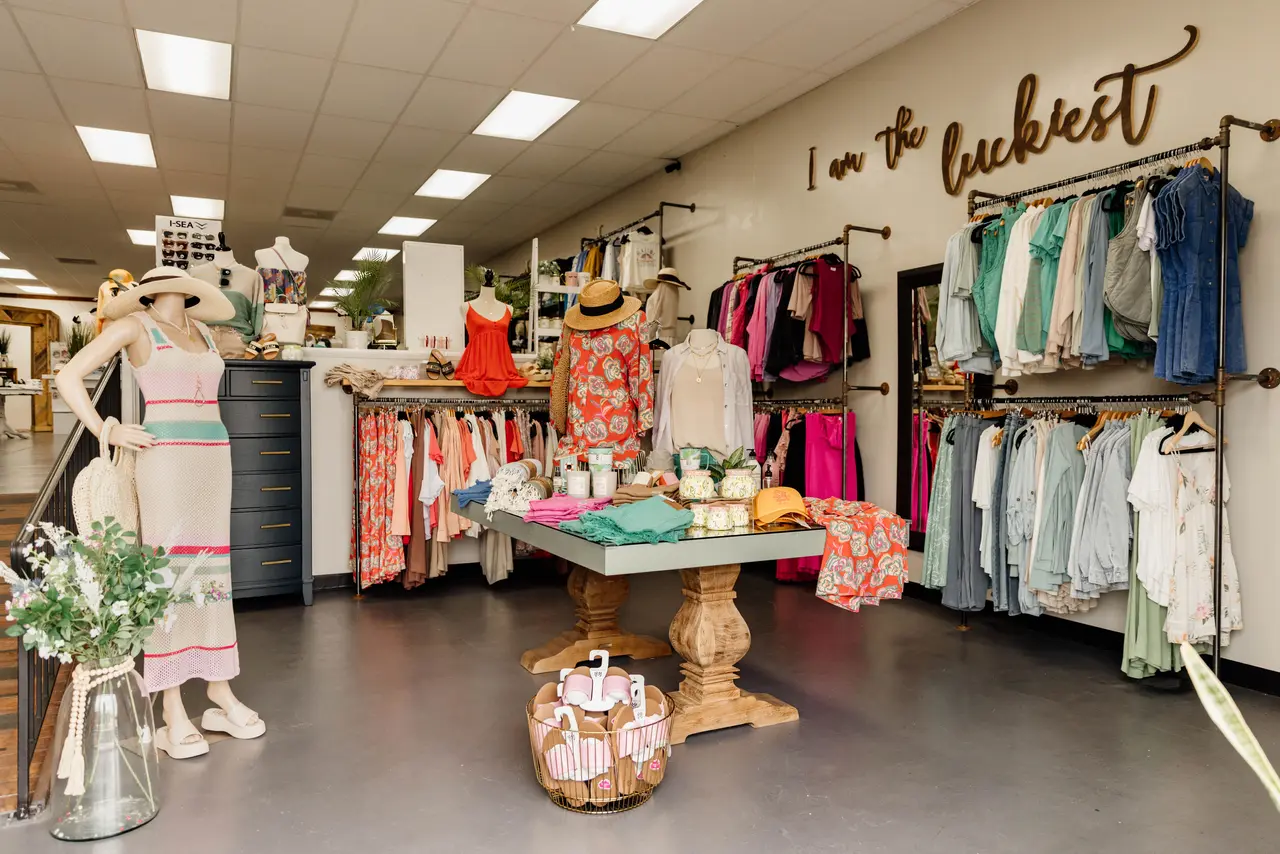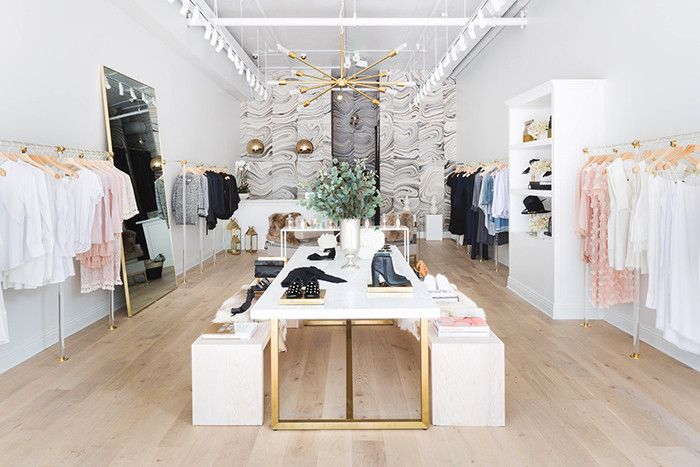Checking Out the Evolution and Influence of Garments on Modern Style Trends
The development of garments has actually substantially affected contemporary style patterns, combining historical precedents with innovative technologies. Renowned numbers like Coco Chanel and Yves Saint Laurent reinvented the style market by presenting concepts that prioritize comfort and availability, which proceed to resonate today.
Historic Style Influencers
In the tapestry of style background, specific figures have actually left an indelible mark, forming the patterns and styles that specify whole ages. Coco Chanel, a revolutionary developer, redefined women's style by introducing comfy, elegant garments that left from limiting bodices. Her legendary Chanel fit and little black gown have become ageless staples in wardrobes worldwide. In A Similar Way, Christian Dior's post-war "Make over" in 1947, with its celebration of womanhood through full skirts and cinched midsections, marked a go back to opulence and has actually continued to affect designers.
Elsa Schiaparelli is another pivotal figure, renowned for her avant-garde styles that integrated surrealist art, working together with Salvador Dalí to create whimsical pieces that tested traditional visual appeals. Her innovative use color and strong patterns resounds in contemporary style. Yves Saint Laurent, on the other hand, democratized haute couture with prêt-à-porter collections, bringing path designs to the masses and setting a criterion for modern ready-to-wear lines.
These enthusiasts, to name a few, not just transformed style in their times yet additionally set enduring fads that resonate in today's fashion business, supplying a foundation whereupon contemporary designers proceed to innovate and develop. Their legacies emphasize the relevance of creativity and bold in vogue's ever-evolving narrative.
Technological Advancements in Fashion
Amidst the vibrant landscape of the fashion market, technological advancements stand at the forefront of development, reshaping exactly how designers create and consumers engage with style. The integration of 3D printing has actually transformed layout processes, making it possible for developers to trying out intricate frameworks and sustainable materials that were previously impossible. This technology promotes quick prototyping, lowering waste and quickening production times.

Smart fabrics, installing technology into textiles, are additionally changing the industry. Developments like temperature-regulating and self-cleaning textiles supply boosted performance and convenience. Wearable modern technology, incorporating attributes like fitness monitoring and interaction, includes a new dimension to style, merging aesthetics with usefulness.
Cultural Shifts and Design
As technical advancements continue to improve the style industry, cultural changes are similarly influential, redefining design and customer choices. In recent times, the surge of social media platforms has actually sped up the dissemination of global fashion patterns, permitting diverse cultural influences to coexist and assemble. This electronic interconnectivity has actually helped with the fast exchange of ideas, leading to an extra eclectic and comprehensive interpretation of style that shows the complex nature of contemporary society.
Social recognition and admiration have motivated developers to attract inspiration from a more comprehensive spectrum of historical and ethnic contexts, integrating standard themes with modern appearances. This combination has actually led to style that resonates with a wider audience, advertising a sense of identification and belonging throughout different demographics. Furthermore, the increasing need for personalization has actually driven brands to supply customizable choices, allowing customers to share originality while reflecting their cultural heritage.
Moreover, shifting social values have affected fashion, with inclusivity and variety ending up being main motifs. more The industry has started to accept versions and influencers of numerous physique, ethnic backgrounds, and sex identifications, challenging standard elegance standards. This improvement emphasizes the power of social changes in forming the future of style, as style comes to be a much more authentic expression of cumulative and individual identification.
Sustainability and Modern Design
While the style industry remains to progress, the imperative for sustainability has become significantly urgent, influencing modern style practices. This change aims to address environmental problems and honest factors to consider, causing a reevaluation of conventional manufacturing methods. Developers are now incorporating lasting products, such as natural cotton, recycled polyester, and naturally degradable textiles, right into their collections, minimizing the eco-friendly footprint of fashion. The rise of sluggish fashion, which emphasizes high quality over amount, urges consumers to purchase ageless items as opposed to transient trends.
Additionally, contemporary design is defined by its advancement in reducing waste and promoting circularity. Techniques such as zero-waste pattern cutting and 3D knitting are getting traction, enabling designers to create garments with minimal textile waste. In addition, brand names are embracing transparent supply chains, ensuring liability and fostering consumer count on. This strategy not just minimizes ecological influence however also improves the social obligation of style homes.

Future Trends in vogue

Sustainability will proceed to be a driving force in forming future fashion patterns. The industry is progressively adopting green materials and moral production techniques, responding to a growing customer demand for liable practices. Advancements such as bio-fabricated materials and closed-loop recycling systems are established to redefine just how clothes is generated and consumed, minimizing environmental impact while maintaining style and top quality.
Cultural changes, consisting of the increase of inclusivity and variety, will likewise play a critical function. As culture becomes a lot more familiar with social problems, style is anticipated to become a platform for expression and modification. Developers will likely concentrate on creating collections that show a more comprehensive variety of experiences and identities, promoting depiction and ease of access.
Final Thought
The development of garments substantially affects contemporary fashion trends, where historic impacts merge with contemporary layouts. This recurring advancement highlights fashion's role as a mirror to social worths and technological development, recommending a future abundant with advancement and inclusivity.
The development of clothing has actually substantially influenced modern style patterns, merging historic precedents with advanced innovations.Among the dynamic landscape of the fashion sector, technological advancements stand at the center of advancement, reshaping just how designers develop and consumers engage with style.While the fashion sector continues to advance, the critical for sustainability has actually become significantly urgent, affecting modern layout methods. As sustainability becomes ingrained in Website modern design, it leads the way for a much more conscious and accountable style market.
The advancement of clothes dramatically impacts modern-day fashion patterns, where historic influences merge with modern designs.